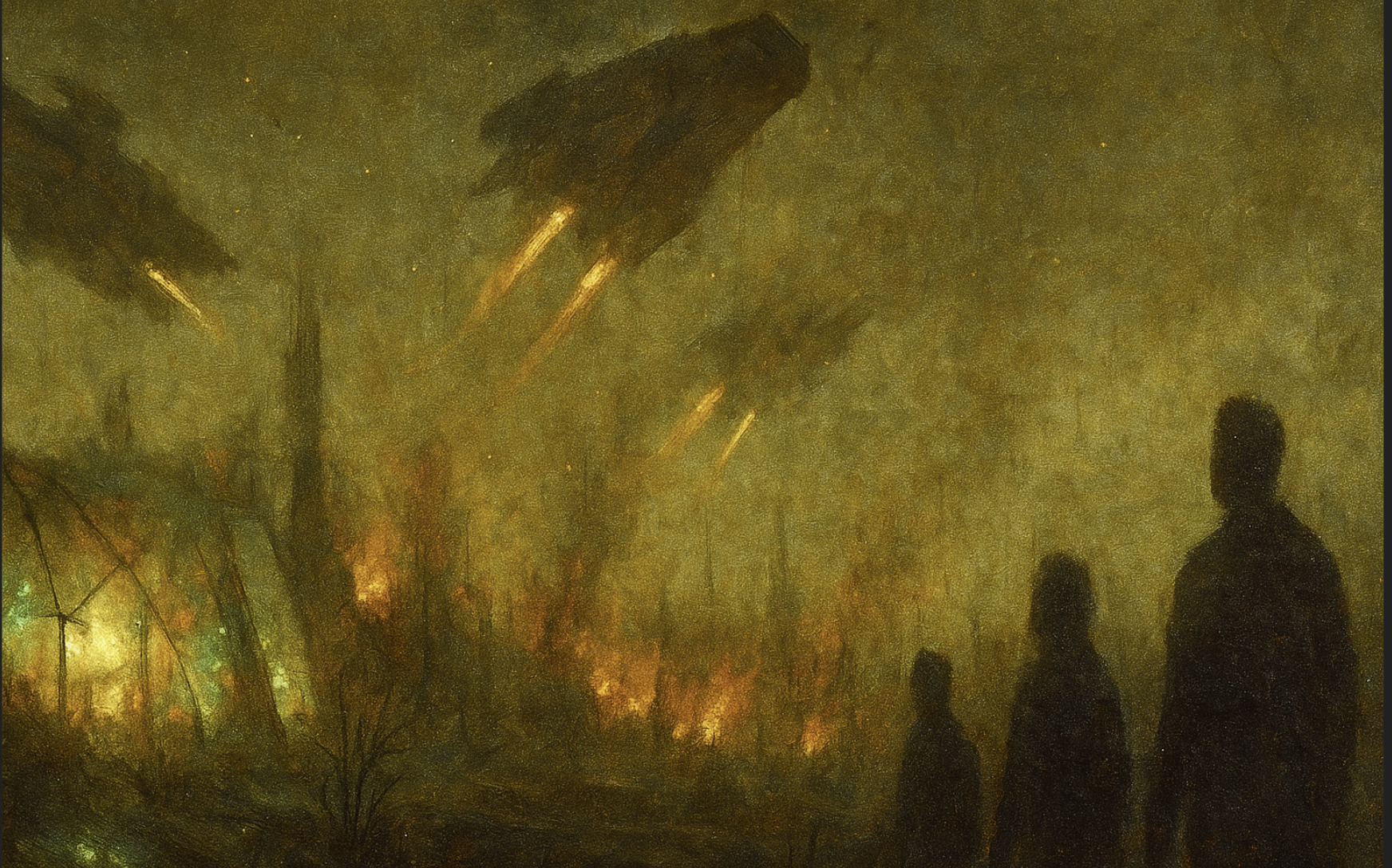The Communal Republics of Lavenna
Born from the ashes of a ravaged continent, the myriad diverse communes of Lavenna have transcended millennia of division and subjugation to establish a democratic nation of equals, dedicated to the sustainable stewardship of nature and peaceful coexistence among one another. |
"Lavenna is not bound by blood nor borders, but by a shared promise: to repair what was broken, to live with—not above—the world around us. Built in fragments, bound in care, and made stronger with each voice that joins a chorus not sung in unison, but in harmony."- First Councillor Miranti Karsto
The Ecocommunal System
The Ecocommunal System
| A parliamentary ecocommunal cooperative, Lavenna is composed of 22 coequal constituent republics. They are all subject to the Lavennic Constitution. Member republics are themselves composed of thousands of local Communes, which serve as the foundational collective units of the Communal Republics. According to the Lavennic Constitution, every Commune must operate as a full direct democracy. These Communes are typically very small, rarely exceeding a thousand citizens, with most averaging just a few hundred. Their limited size allows for an intimate political sphere, where decisions are made by neighbors and peers within the same community. While Communes enjoy substantial autonomy and flexibility in governance, they remain bound by the national laws and ecological regulations of the LCR. |
History
Government
Member Republics
The Jewels of the Volarra
The Heartlands
The Northern Frontiers
Culture
Lavenna was founded on three main principles (as listed within the Lavennic Constitution):
ENVOST:
The natural environment is to be protected at all costs, and shall be integrated in the most sustainable way possible wherever possible. Crimes against the environment are to be treated in the same manner as crimes against a human being. To transgress this is equivalent to an act of treason of the highest degree. Sustainability is to be a core principle, meaning that social, economic, and especially environmental sustainability are to take absolute precedence over any other factors such as efficiency or utility. The use of renewable energy, sustainable communal food production, restorative agriculture, and other sustainable practices are to be considered essential. Nature is never to be viewed as a resource to be owned or exploited, but rather as an integral and crucial component of human wellbeing and habitat. The Universal Rights of Nature are to be respected to the utmost degree. UNIVOST:COMVOST:
Home to countless distinct ethnicities, cultures and ideologies, Lavenna as a whole aspires toward cooperation and multicultural understanding.
Demography and Population
Lavenna is home to an immensely diverse population of around 128 million people, according to the national census of 485 AGL. In fact, its population is so incredibly diverse that no single ethnic group makes up any more than 20% or so of the total population. For centuries, this immense diversity made the region a hotbed for brutal ethnic conflict and cultural violence. The Birthright Wars were also particularly violent in Lavenna since almost half of the entire new culture population settled in the landmass. Today, just over half of Lavenna's inhabitants are of skyborn heritage or descent, with the largest skyborn ethnicity being the Seriphanese, with a staggering 34 million people. They are followed by the Fleurois, with around 20 million. Next is the Matroshki, with just over 15 million, divided roughly evenly between Vastonyan and Meroskvar Matroshki. Meanwhile, the most populous founder ethnicity is that of the Vardish, with 22 million in total, followed by the Volarri, Aldanti, and Rodanyans.
As a result of its immense diversity, there is no official national language, although Laveranto and French generally serve that role informally. Ever since the Liberalist majority government after 488 AGL, there has been a major focus on language pluralisation over standardisation, with the government strongly pushing for multilingualism as a requirement. So far, this multilingual emphasis has been quite successful, with the average citizen speaking 3 languages fluently, although multilingualism has been common in Lavenna for centuries already.
Religion
Agriculture & Industry
Trade & Transport

Inei Dhanousa nu'Elouthei-na Solenna (from communal care, a brighter tomorrow is born)
125.3 Million
Remove these ads. Join the Worldbuilders Guild




















Comments